The first occurrence.
And God created great sea creatures, and every living creature that moves, which the waters brought forth abundantly, after their kind, and every winged creature after its kind: and God saw that it was good. Gen 1:21
The primitive root.
Strong’s H8577 תנין tanniyn, an intensive concrete noun meaning, “sea monster or serpent,” from Strong’s H8565 תן tan, a concrete noun translated, “dragon;” from an unnamed, unused primitive root, תנן with Strong’s speculating to mean, “to elongate.” The 3-letter root is tav + nun + nun according to Gesenius.
tav ת = crossed sticks, thus mark, sign, signal, monument
nun נ ן = the seed, thus continue, heir, son
nun נ ן = the seed, thus continue, heir, son
The story: A monumental (tav) continuation (nun) multiplied (second nun, as anything x2 is a multiplication), thus, to elongate. The tan, then, is a monumental creature of length. The tanniyn, then, is a monumental creature of length, intensified. The KJV most often translates tanniyn as “dragon,” likely a great sea reptile or dinosaur (See What really happened to the dinosaurs for more on the dragon – dinosaur link).
What really happened to the tanniyn God created? The first picture below, is a golden figure of a dragon from China. He is depicted in or among the water, his body showing a very elongated, serpent-like quality, with fearsome teeth; scales; and spikes from his head, back, and face. The remaining pictures are possible modern descendants of the tanniyn, showing many of the very same qualities in all but elongated length.
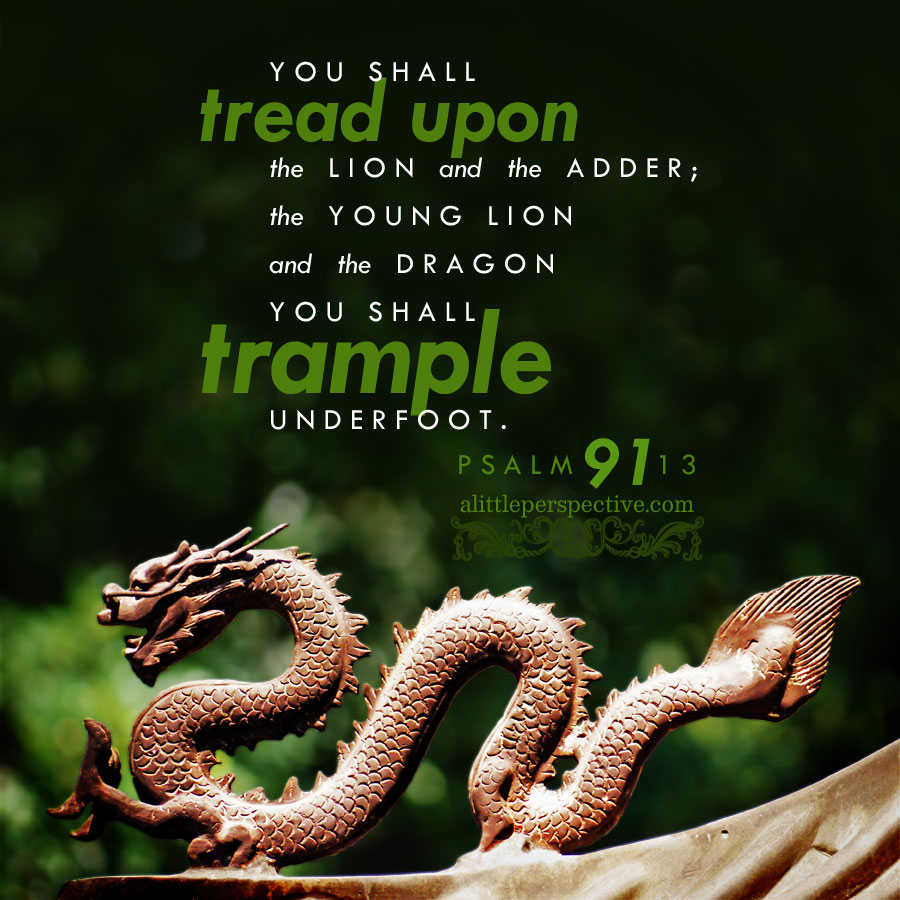


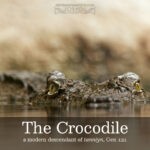
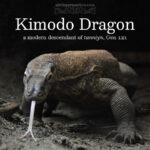

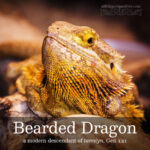
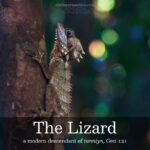
















Leave a Reply